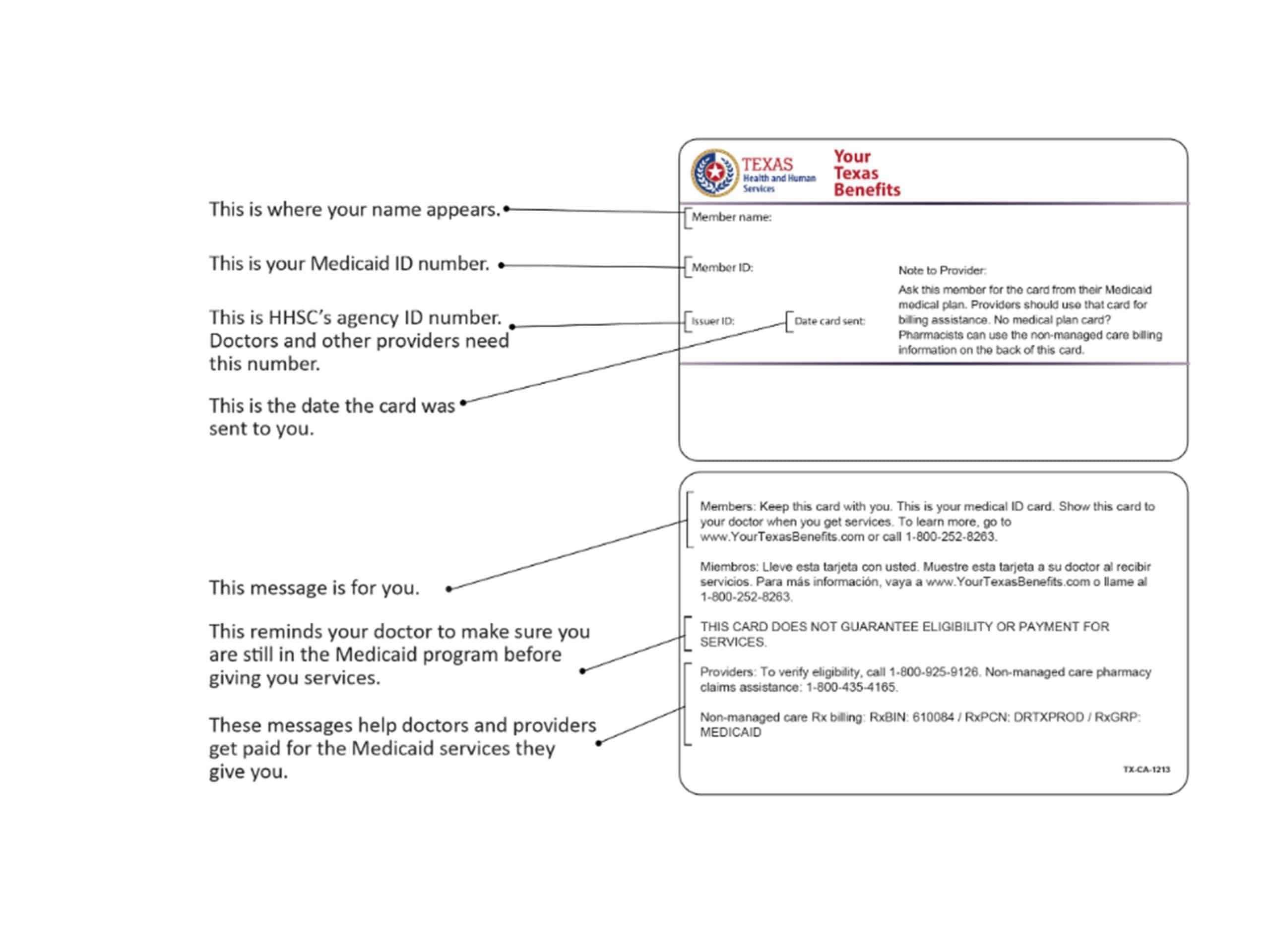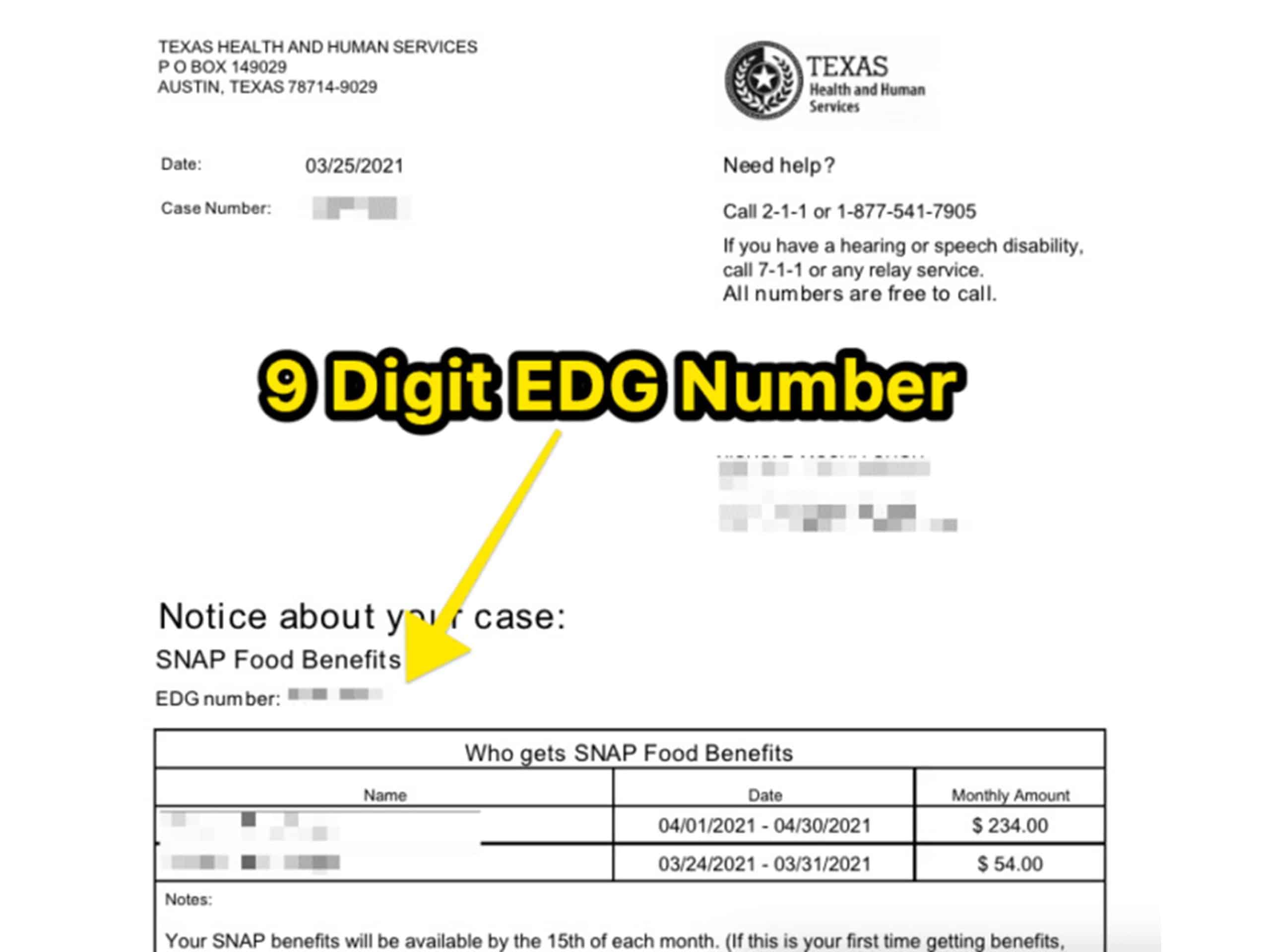While visiting a medical store or hospital, you may have wondered if you need a Medicaid number. However, sometimes the clerk can ask for your EDG number. So, is the EDG number the same as the Medicaid number?
What is a Medicaid number?
A Medicaid number is a permanent 13-digit personal number assigned to each recipient. This reference number is used for billing at pharmaceutical companies and the hospitals provided by Medicaid, the nation’s public health insurance program for low-income people.
This number offers many discounts, and many companies use it. Therefore, having a Medicaid number for future purposes is beneficial.
How to find a Medicaid number?
You can find Medicaid numbers using the Medicaid website medicaid.gov, going in person, or sending emails to Medicaid organizations in your state. The fastest way is to call the Department of Human Services or a local application assistance site.

You can find your Medicaid number through different processes. Each process is convenient and straightforward. You can choose any of them to follow the direct approach. Here are some ways through which you can find your Medicaid number:
1. Finding through the website:
You can visit the Medicaid website and see the listings. The USA Medicaid website is divided into different states, and you can select any of the states where you reside to see your details regarding the Medicaid number. Additionally, you can check the various localities and locations where Medicaid listings are, along with the ways to contact them, such as phone number, email address, or other methods of getting a resource person.
2. Going in-person:
You can visit your nearest local medical store to get your Medicaid number made. This can be done in person and by meeting with a resource person to help you produce the number. He will guide you through the process as well. You may be asked to provide different details, such as photographs for identification and other cards.
3. Emailing or contacting through fax
The convenient way to learn more about the Medicaid number is to opt for it by faxing or emailing the resource person. This way, you ensure you provide details in writing, such as important information like your social security number and tax number. You should ensure that you know you are contacting a reliable person because leaving secure details like this can be a bit risky to do through emails.
4. Replacing your card
You can also replace your card since the Medicaid number will be written on it. You can submit a request to your local government handler to facilitate this process for you.
These are some of the uses of having a Medicaid number and where to get it.
What is the EDG number?
EDG number, or Eligibility Determination Group number, is a unique identifier assigned to individuals applying for government benefits in Texas. It tracks an individual’s application progress and benefits eligibility status. This number can be anywhere from nine to ten digits long and is generated when a person applies for programs such as food stamps, Temporary Assistance for Needy Families (TANF), or Medicaid.

The EDG number is essential to an individual’s application process because it allows them to check their status with the Texas Health and Human Services Commission. It also provides case workers at the commission with information regarding a person’s application and eligibility for benefits. When applying for government benefits in Texas, applicants should keep their EDG number handy to access their information quickly.
The EDG number can be found on all official documents issued by the commission related to an applicant’s benefit request. For example, it can be found in Eligibility Notification Letters (ENL), which provide information about whether or not an applicant has been approved for benefits and outline any necessary documents needed to complete the process. Applicants are encouraged to save these documents as official proof of their EDG number and benefit eligibility status.
Additionally, applicants can manage their cases online through MyTexasBenefits using their EDG number as login credentials. Through this portal, applicants can view a detailed history of their transactions with the commission, including payment details, medical records, and contact information. They can also submit changes in specific personal details such as address or phone numbers, which will be updated in real-time across all relevant databases associated with their EDG number.
All Texas residents who have applied for government benefits or plan on using them must familiarize themselves with an EDG number to navigate their applications and successfully manage their accounts online. Individuals should pay close attention during the enrollment process. Hence, they know where and how they may find their EDG numbers moving forward to stay informed about the status of their applications.
Is the EDG Number the Same as Medicaid Number?
No, the EDG number is not the same as the Medicaid number. While the Medicaid number represents a permanent 13-digit person number assigned to each Medicaid recipient, the EDG number (Eligibility Determination Group) is a 9—to 10-digit number assigned to individuals applying for government benefits in Texas. You use the EDG number to apply for programs such as Medicaid.
Two main types of numbers play a role in receiving government benefits in Texas: EDG numbers and Medicaid numbers. However, many people commonly misconstrue them as the same, leading to inaccuracies or confusion when applying for a benefits program. Understanding how these two numbers differ is essential to ensuring the successful application and processing of benefits.
The first number is an Eligibility Determination Group (EDG) number. This number is used when applying for government benefits from Texas Health and Human Services (HHS). It is typically between nine and ten digits and assigned to applicants upon their initial application for benefits. An EDG number can be used for programs such as Supplemental Nutrition Assistance Program (SNAP), Temporary Assistance for Needy Families (TANF), Medicaid, or Children’s Health Insurance Program (CHIP).
On the other hand, a Medicaid number is different from an EDG number and is more permanent. It is a 13-digit number assigned to each Medicaid recipient to identify them throughout the program’s enrollment lifecycle; eligibility determination claims to process, and payment determination. This ensures accuracy when managing patient information and payments associated with each recipient’s case.
In short, while an EDG number and a Medicaid number serve similar purposes – identifying individuals enrolled in government-funded programs – they are not interchangeable. It is essential to distinguish between the two so individuals can successfully apply for their desired benefit program without delay or confusion. For those seeking assistance applying for any benefit programs through HHS, it would be wise to contact a local representative or office to ensure all necessary paperwork has been submitted adequately with accurate information in the shortest possible time.
How to Find Medicaid EDG Number?
To find the Medicaid Eligibility Determination Group number (EDG number), look at the TF0001 form that Medicaid sent you stating that you can get SNAP benefits. To obtain information about your EDG number, please call 800-777-7328.
Conclusion
In conclusion, a Medicaid number is a permanent 13-digit identifier assigned to every recipient of Medicaid benefits. In contrast, an EDG number is a 9 to 10-digit identifier assigned to individuals applying for government benefits programs in Texas. An EDG number is necessary to apply for programs such as Medicaid. Understanding the difference between a Medicaid and EDG number is essential to receive the proper benefits for financial stability. Furthermore, if you are looking to apply for any government benefits program in Texas, you must obtain an EDG number before anything else. While this number may seem insignificant initially, it can open up many doors when it comes to receiving assistance from the government.
